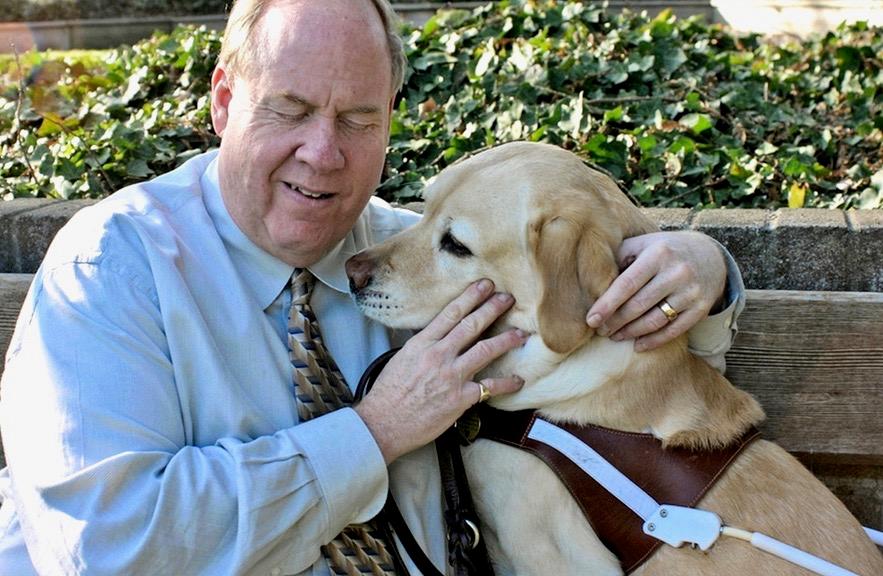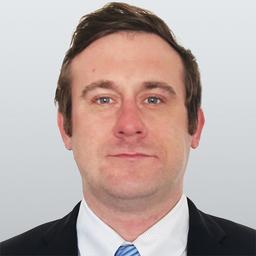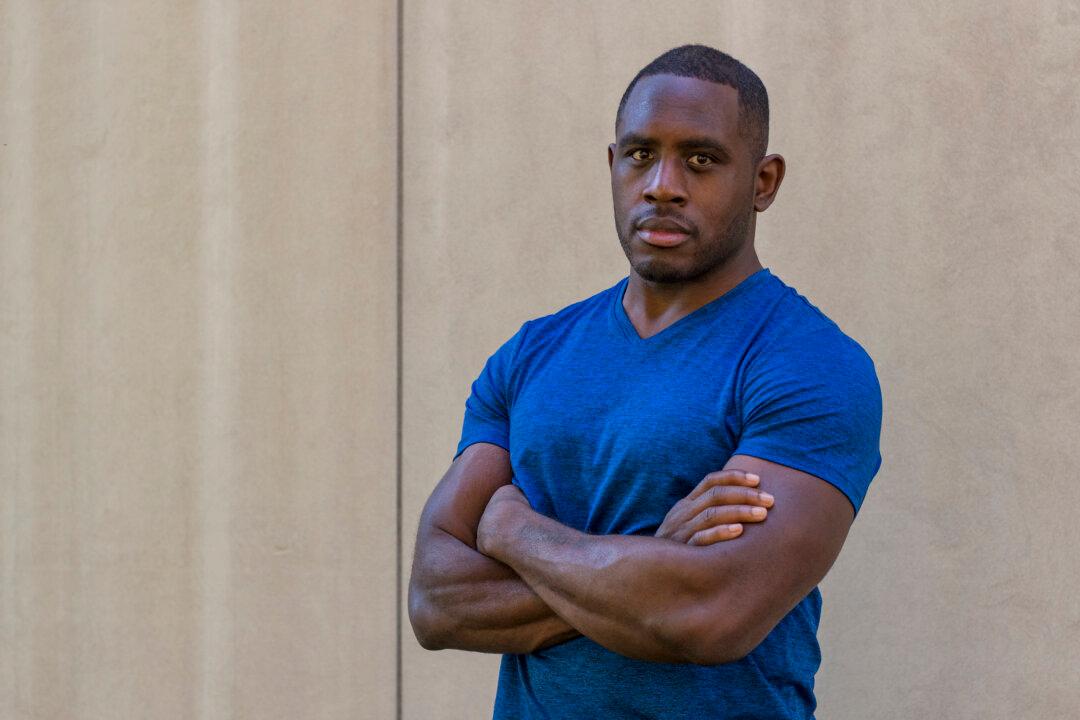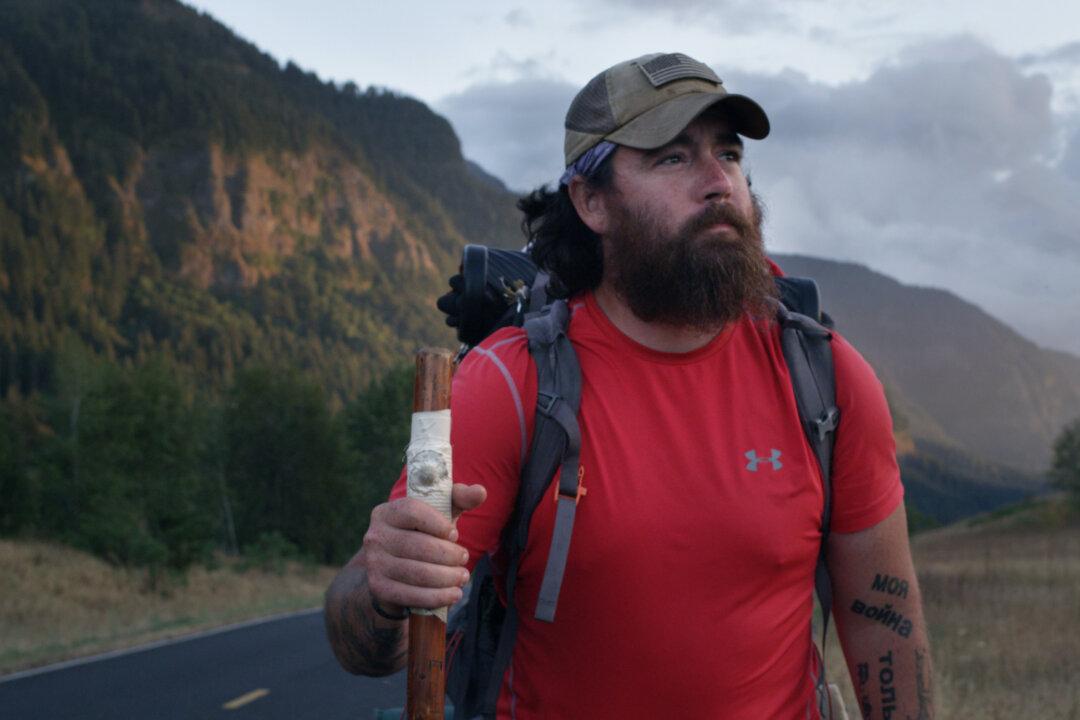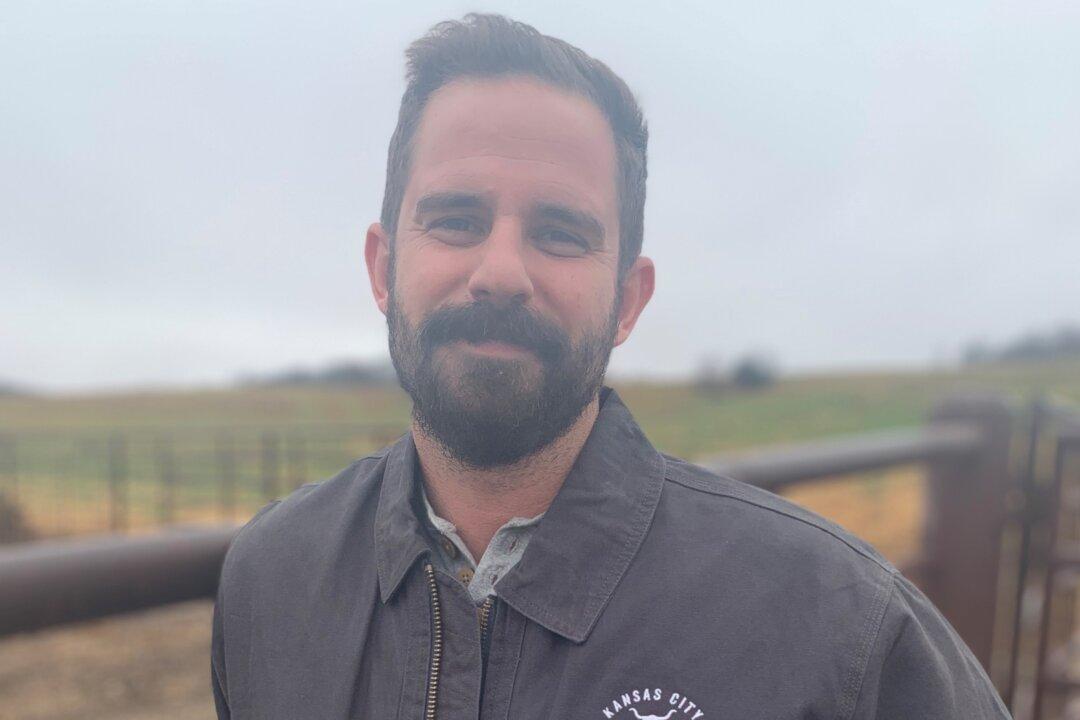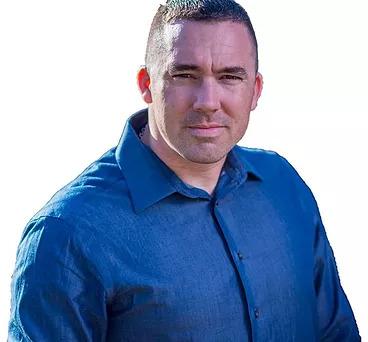Michael Hingson has been blind his entire life but is a prime example of someone who isn’t defined or hindered by his inability to see. His confidence and the lessons he learned from his first guide dog would help him excel professionally—and even survive a terrorist attack on 9/11.
Hingson, 70, who lives in Victorville, California, was born two months premature. The pure oxygen environment in his incubator damaged his retinas, leaving him blind. His parents discovered he was blind when he was four months old. A local doctor suggested that they send him to a specialized school and said he would never achieve anything. But his parents were loving, supportive, and expected their son to follow his passions.

